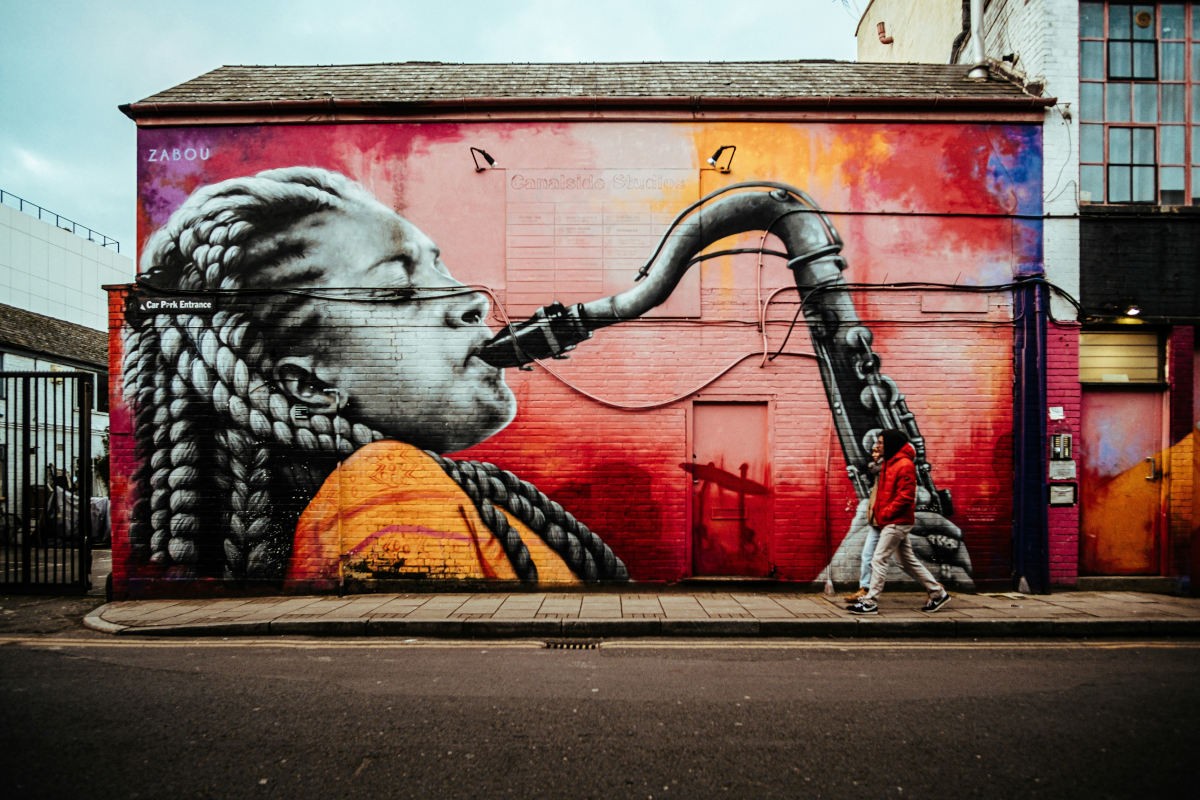
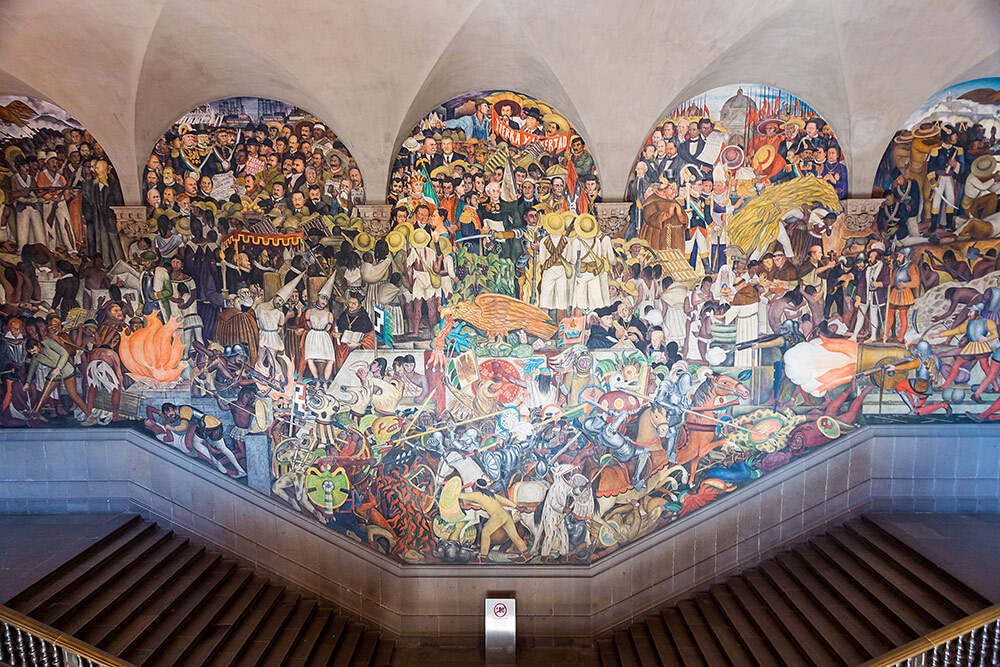
The History of Mexico
Artist: Diego Rivera
Palacio Nacional - Mexico City, Mexico
Diego Rivera’s History of Mexico at the Palacio Nacional in Mexico City is considered a masterpiece of both the artist and the Mexican Mural Movement. The piece was commissioned by the Mexican government in the 1920s as a way to promote national identity and culture.
This is an iconic example of Rivera’s work, using his trademark colors, strong lines, and monumental figures as well as incorporating his most championed themes of social justice, labor, and the plight of indigenous peoples.
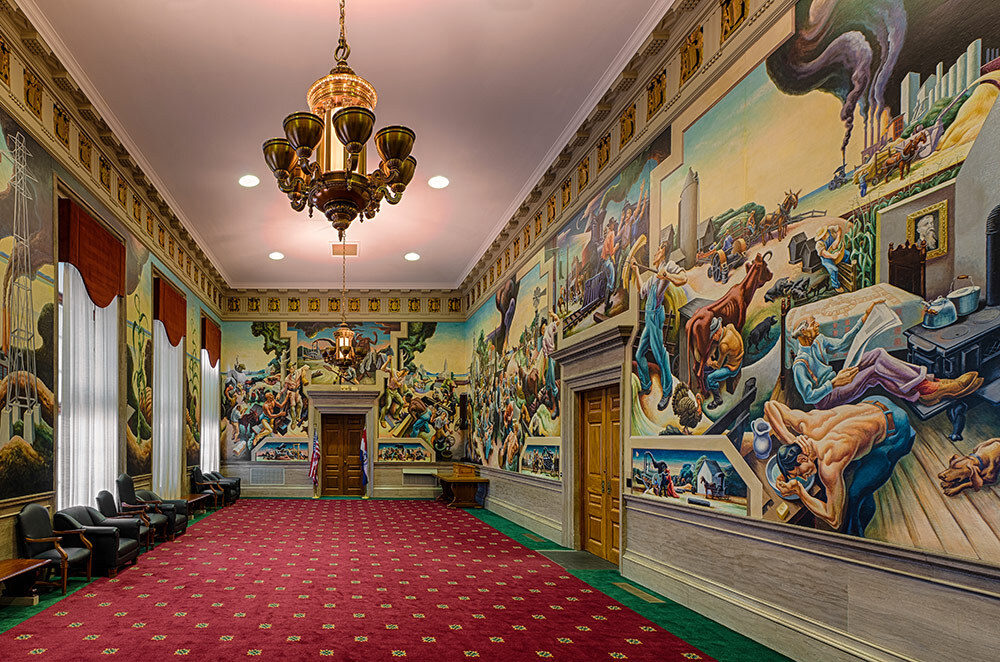
Social History of Missouri
Artist: Thomas Hart Benton
The House Lounge Of The Missouri State Capitol - Jefferson City, MO
Thomas Hart Benton was strongly associated with the Regionalist movement, depicting scenes from American working life at a time when European art was moving toward abstraction. He is known for his strong color and dynamic composition, particularly as a muralist.
This is one of his most famous, as well as one that can still be seen in its entirety on the site it was intended for. It depicts the the history of Missouri and captures the essence of Midwestern life.
Other murals, have been moved, have panels missing, or have been destroyed. One such interesting and notable move is "The Arts of Life in America" (1932) - which started life at the Century of Progress Exposition in Chicago and now resides at the American Embassy in Tashkent, Uzbekistan. It is no longer available for public viewing.
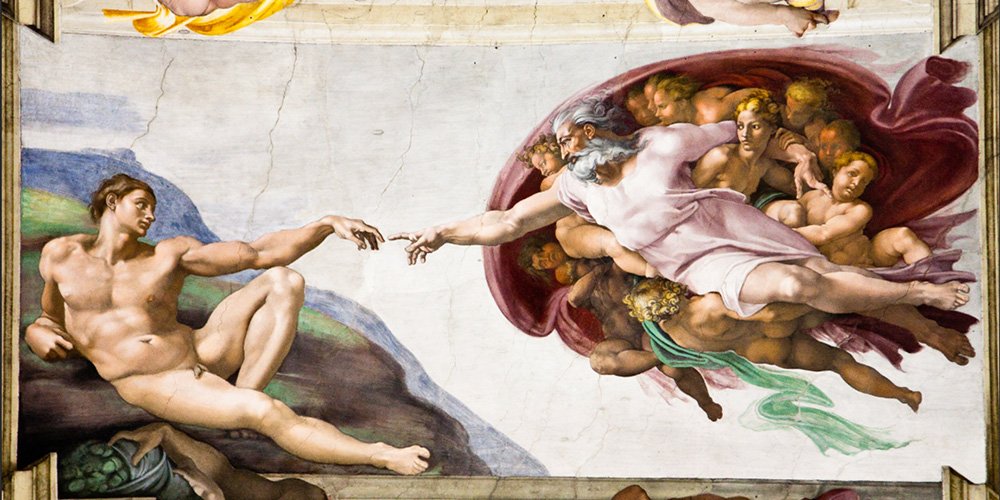
Sistine Chapel Ceiling
Artist: Michelangelo
Vatican Museums - Vatican City, Rome
Michelangelo's Sistine Chapel Ceiling, Vatican City: The Sistine Chapel Ceiling in Vatican City, painted by the legendary Michelangelo, is more than a masterpiece; it's a celestial narrative that defines the pinnacle of artistic achievement. Each panel of this sprawling fresco is a testament to Michelangelo's unparalleled skill in portraying the human form and his deep understanding of the Old Testament's narratives. As you gaze upwards, you're not merely observing art; you're participating in a centuries-old dialogue about faith, humanity, and the divine. The lifelike figures and emotionally charged scenes are a journey through biblical history, offering a unique reflection on the human condition. This fresco isn't just a visual spectacle; it's a spiritual and artistic pilgrimage, making it a quintessential experience for anyone who appreciates the profound depths of human creativity.

School of Athens
Artist: Raffaello
Apostolic Palace - Vatican City, Rome
Raphael's "School of Athens," Vatican City: Raphael's "School of Athens" in the Vatican is a convergence of art and philosophy, where the grandeur of the Renaissance is fully realized. This fresco is more than a mere depiction of historical figures; it's a symposium of the greatest minds of Western tradition, captured in an eternal moment of intellectual exchange. Each figure in the fresco, from Plato to Aristotle, is not just a portrait but a window into a world of ideas that shaped our civilization. As viewers, we are invited to join this timeless conversation, to reflect on the foundations of Western thought, and to appreciate the fusion of artistic mastery and philosophical depth. Raphael's work is not just a painting; it's a portal to the past, offering insights into the intellectual lineage that continues to influence contemporary thought, making it an essential stop for anyone seeking to understand the roots of Western culture.

The Last Supper
Artist: Leonardo da Vinci
Santa Maria Delle Grazie - Milan, Italy
Leonardo da Vinci's "The Last Supper," Milan, Italy: Leonardo da Vinci's "The Last Supper" in Milan is a testament to the enduring power of art to captivate and inspire. This iconic fresco, despite showing signs of time, remains a masterclass in narrative painting and innovative technique. Da Vinci's depiction of Jesus and his apostles in the moments before the betrayal is not just a religious scene; it's a profound exploration of human emotion and interaction. The subtle expressions and gestures of the figures invite viewers to contemplate the complexities of the human condition and the fleeting nature of life. This fresco is a journey into the heart of the Renaissance, showcasing Leonardo's genius in capturing the essence of a moment in time. For art lovers and history enthusiasts alike, "The Last Supper" is a must-see, offering a timeless reflection on art, faith, and the human experience.
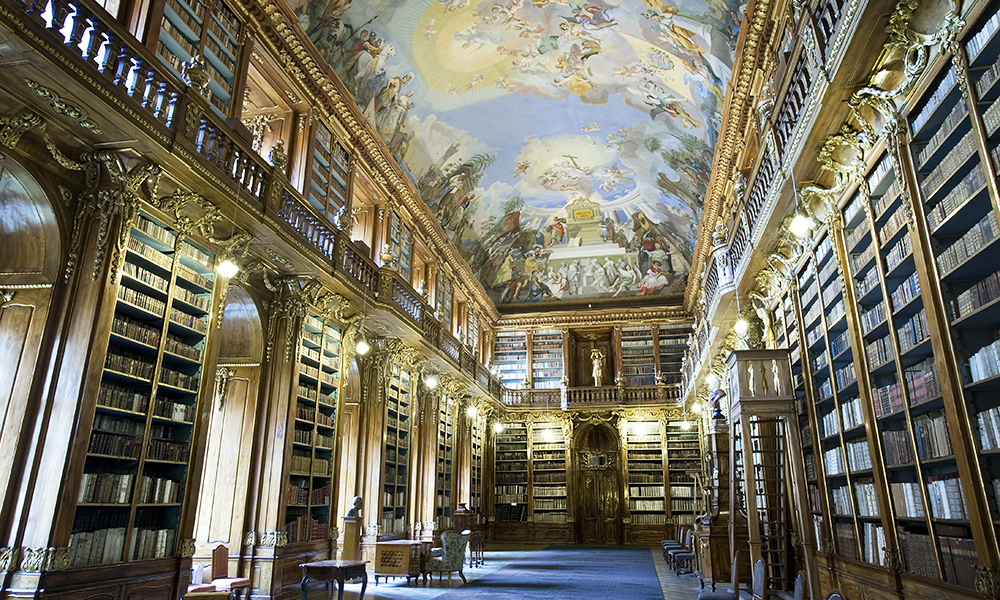
Strahov Library
Artist: Siard Nosecký and Anton Maulbertsch
Strahovská Obrazárna - Prague, Czech Republic
Frescoes in the Strahov Library, Prague, Czech Republic: The Strahov Library in Prague is a haven for those who seek knowledge and beauty. The library's frescoes are not just decorations; they are narratives that enrich the intellectual atmosphere of this historic space. Each fresco is a window into a different world, whether it's a scene from mythology, a moment in history, or a representation of the natural world. These artworks create a unique environment where learning and artistic appreciation go hand in hand, making the Strahov Library a unique destination for anyone who values the intersection of knowledge and beauty. The frescoes are more than just embellishments; they are an integral part of the library's identity, offering visitors a chance to immerse themselves in a world where the pursuit of knowledge is celebrated through art.
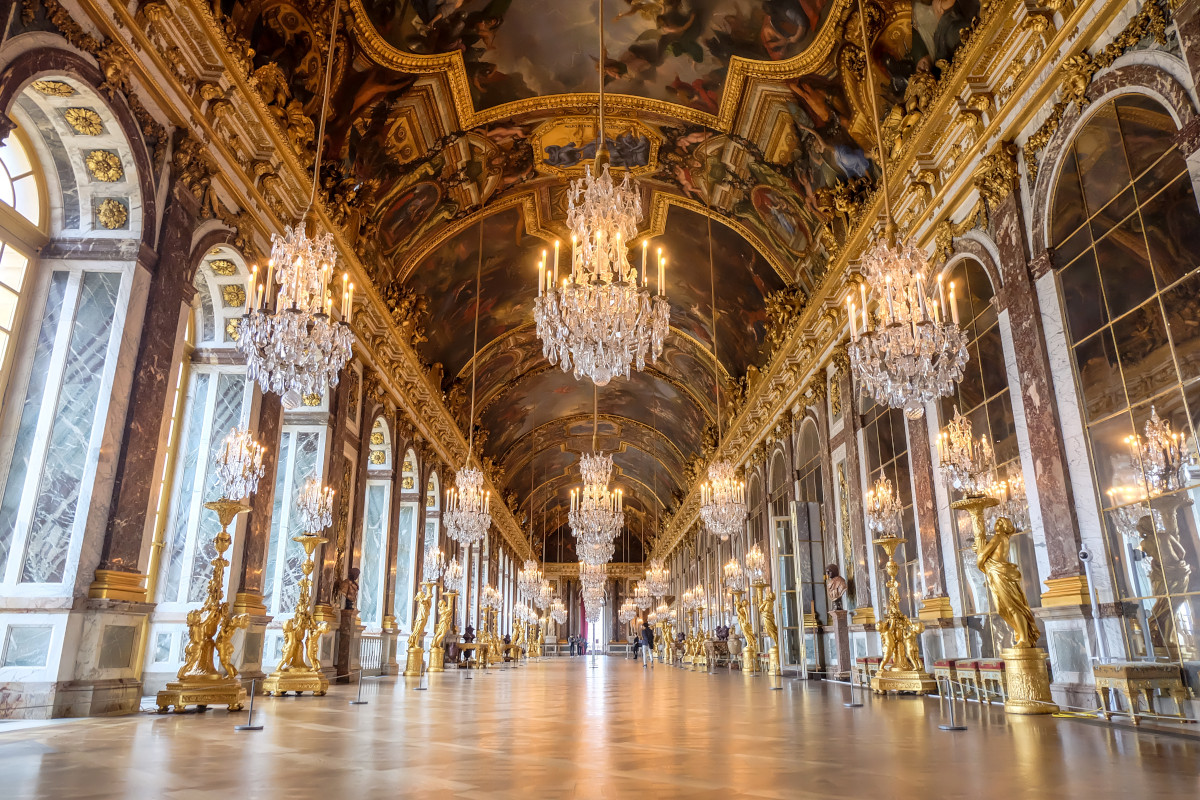
Hall of Mirrors
Artist: Charles le Brun
The Palace Of Versailles - Versailles, France
Hall of Mirrors, Palace of Versailles, France: The Hall of Mirrors in the Palace of Versailles is a journey through French history and artistry. This grand corridor, with its intricate frescoes and endless mirrors, is a celebration of France's golden age. The frescoes not only depict the artistic and political achievements of the era but also invite visitors to immerse themselves in a world of opulence and grandeur. The hall's reflective surfaces create an illusion of infinite space, symbolizing the power and reach of the French monarchy. This space is more than just a walkway; it's a historical narrative, chronicling the triumphs and ambitions of one of Europe's most influential courts. As you stroll through the Hall of Mirrors, you are walking in the footsteps of kings and queens, diplomats, and artists, each mirror reflecting both the glory of the past and the viewer's own place in this ongoing story. The Hall of Mirrors is not just a tourist attraction; it's a living piece of history, a testament to the lavishness of royal life and the enduring allure of French culture.

Church of the Savior
Artist: Vasnetsov, Nesterov, and Vrubel
Church Of The Savior On The Spilled Blood - St. Petersburg, Russia
Church of the Savior on the Spilled Blood, St. Petersburg, Russia: Ending your cultural journey in St. Petersburg, the Church of the Savior on the Spilled Blood stands as a vivid mosaic of Russian history and art. This architectural marvel, with its ornate domes and intricate mosaics, is more than just a church; it's a symbol of Russia's rich cultural tapestry. The vivid depictions of biblical stories within its walls are not mere decorations; they are narratives that bring to life the spiritual and artistic traditions of Russia. Each mosaic tells a story, offering visitors an immersive experience into the heart of Russian Orthodoxy and the nation's artistic heritage. This church is not just a place of worship; it's a cultural landmark, showcasing the beauty and complexity of Russian history through the medium of art. For anyone interested in the intersection of religion, history, and art, the Church of the Savior on the Spilled Blood is an essential destination, offering a unique window into the soul of Russian culture.
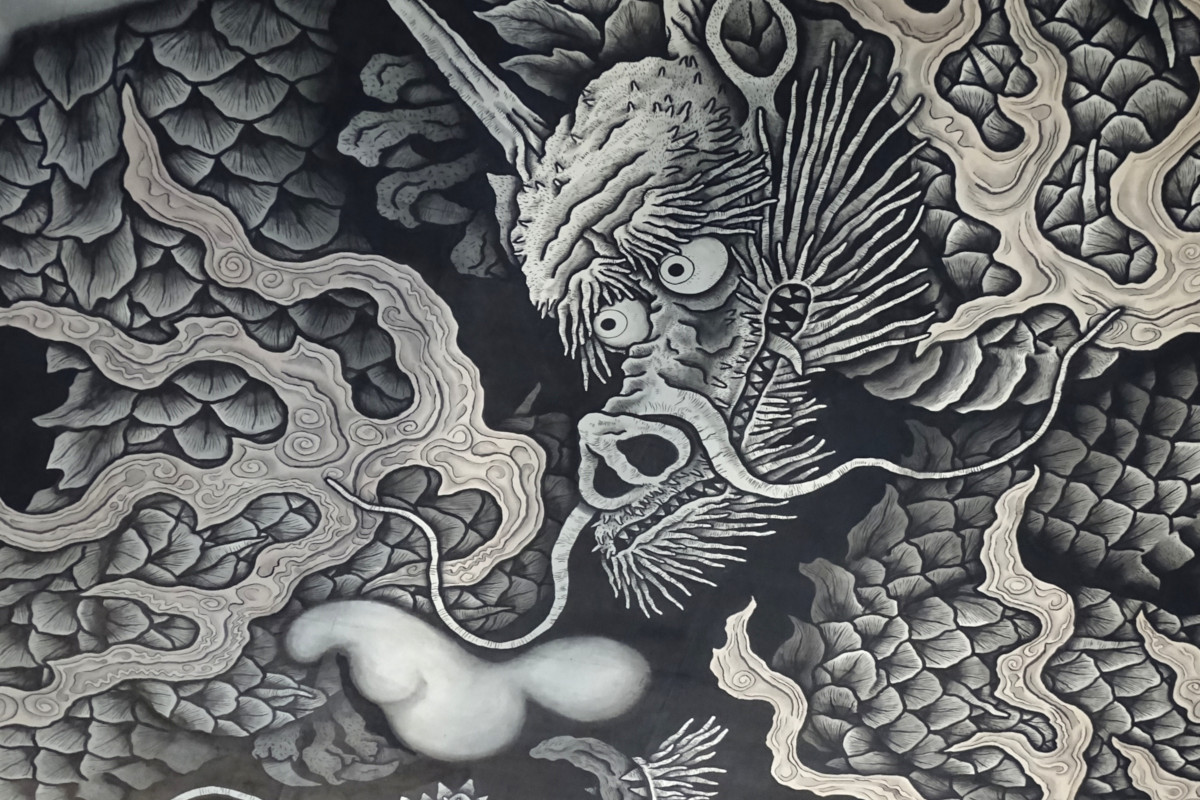
Twin Dragons
Artist: Koizumi Junsaku
Dharma Hall Kennin-Ji Temple - Kyoto, Japan
Twin Dragons in the Dharma Hall of Kennin-ji Temple, Kyoto, Japan: In the serene setting of Kyoto's Kennin-ji Temple, the twin dragons painted by Koizumi Junsaku are a mesmerizing representation of Japanese artistic tradition. These dragons, sprawling across the ceiling of the Dharma Hall, are not just artistic creations; they are spiritual symbols, embodying the essence of Zen Buddhism and the deep connection between art and spirituality in Japanese culture. The dragons' dynamic forms and expressive faces capture the viewer's imagination, transporting them into a world where myth and reality intertwine. This artwork is a testament to Japan's ability to blend tradition and modernity, creating a visual language that speaks to both the past and the present. For visitors, the twin dragons are not just an aesthetic experience; they are an invitation to explore the depths of Japanese art and the cultural values it represents.
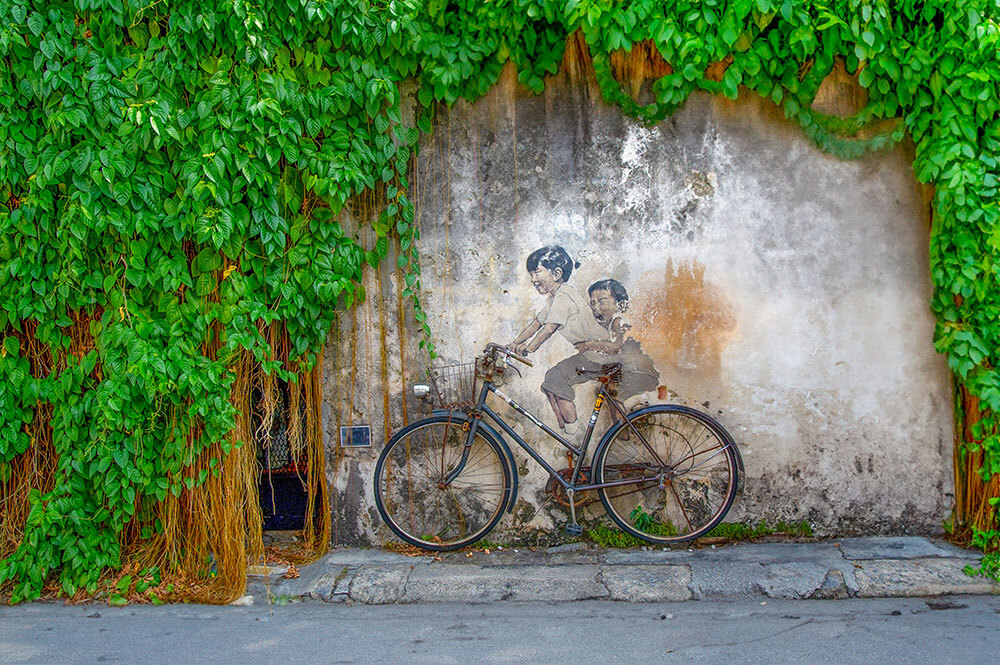
Little Children on a Bicycle
Artist: Ernest Zacharevic
Historic City Of George Town - Penang, Malaysia
Although it may seem an unlikely place to look for more contemporary murals, Georgetown, Malaysia boasts a significant street art project. This example by the Lithuanian artist Ernest Zacharevic is one of many created by both local and international artists. He is well known for his interactive murals reflecting local cultures.
Georgetown was declared a UNESCO World Heritage Site in 2008. The culture of mural painting emerged around 2009 as artists started creating murals as part of the George Town Festival, an annual event celebrating the city's cultural heritage.

Mural in Durbar Hall
Artist: Unknown
Thanjavur Maratha Palace - Tanjore, Tamil Nadu - India
This is just one of many wall paintings and amazing architecture that can be seen at the 17th century Thanjavur Palace or the Aranmanai, in the the Indian state of Tamil Nadu. The place walls have frescoes and paintings depicting Hindu mythology, the history of the region, and genre paintings of life within the court. This residence of the Maratha rulers was later turned into a cultural center and has one of the oldest libraries in Asia. As a treasure trove reflecting the cultural life and history of the Maratha rulers, it is a site worth visiting.
Similar Posts
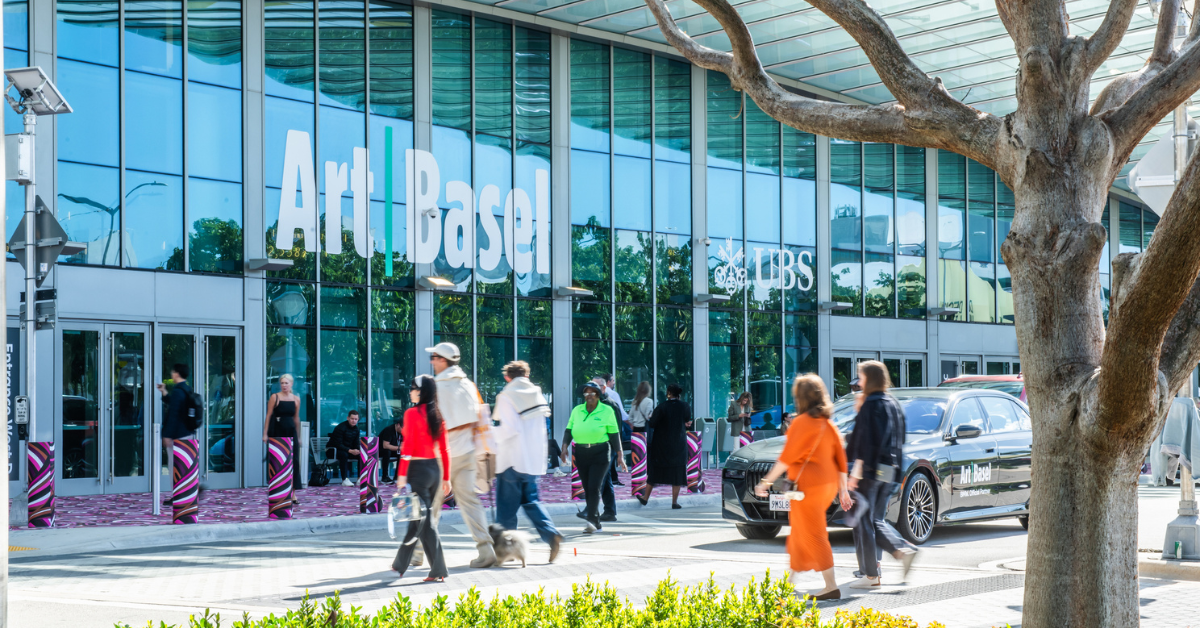
The most wonderful time of the year? Art Basel Miami Beach!
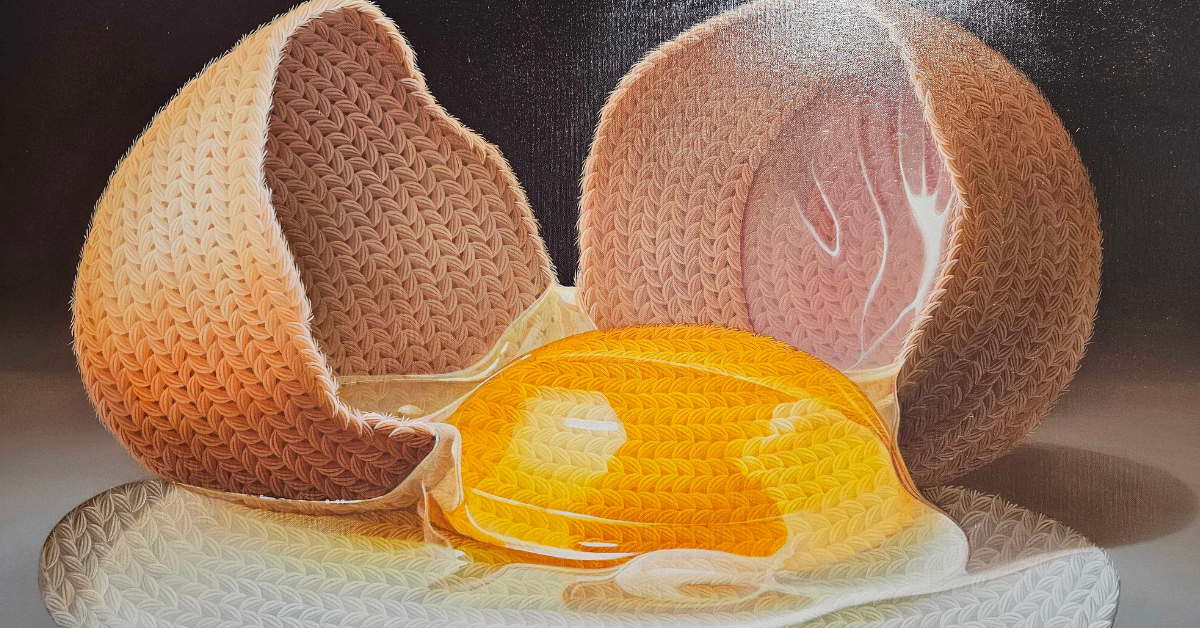
How Do You Want to Look at Art?
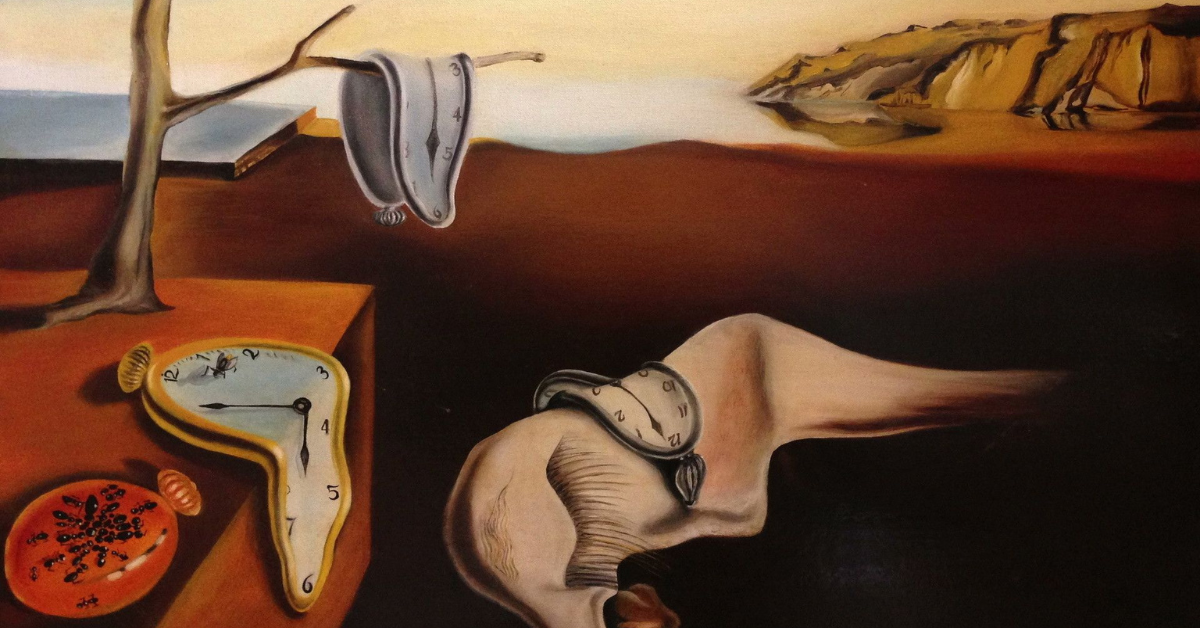
Influential Art Exhibitions that Defined the History of Modernism brought its Influence to the World
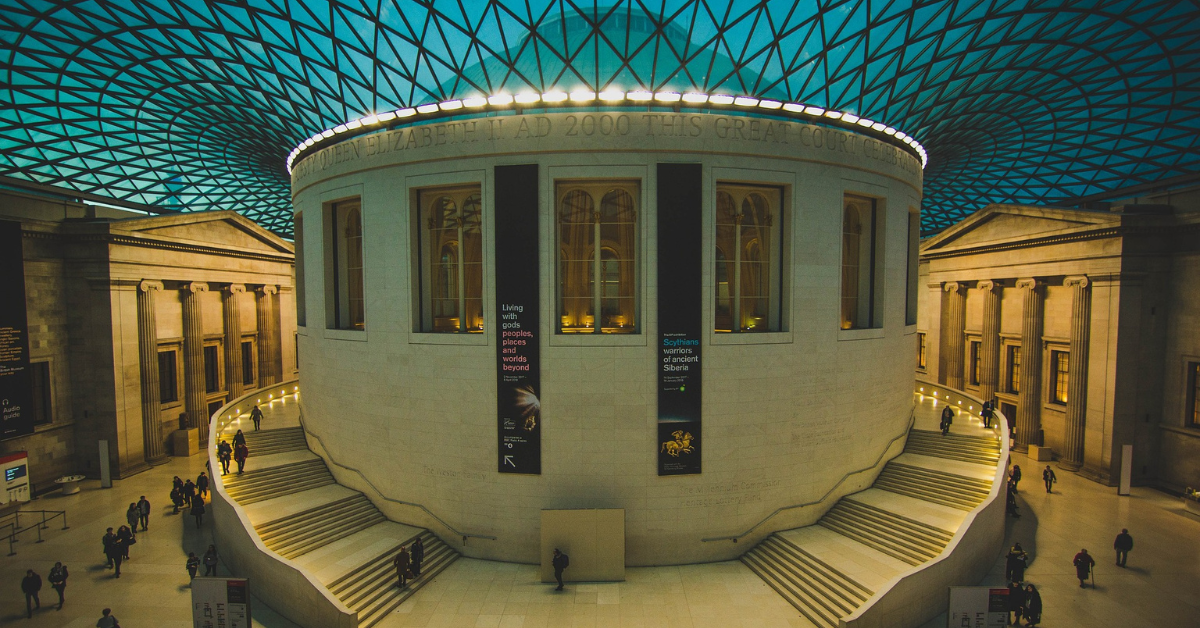
The World's Most Famous Art Galleries and Museums You Absolutely Need to Visit

Opera: The Musical Theatre of the Renaissance
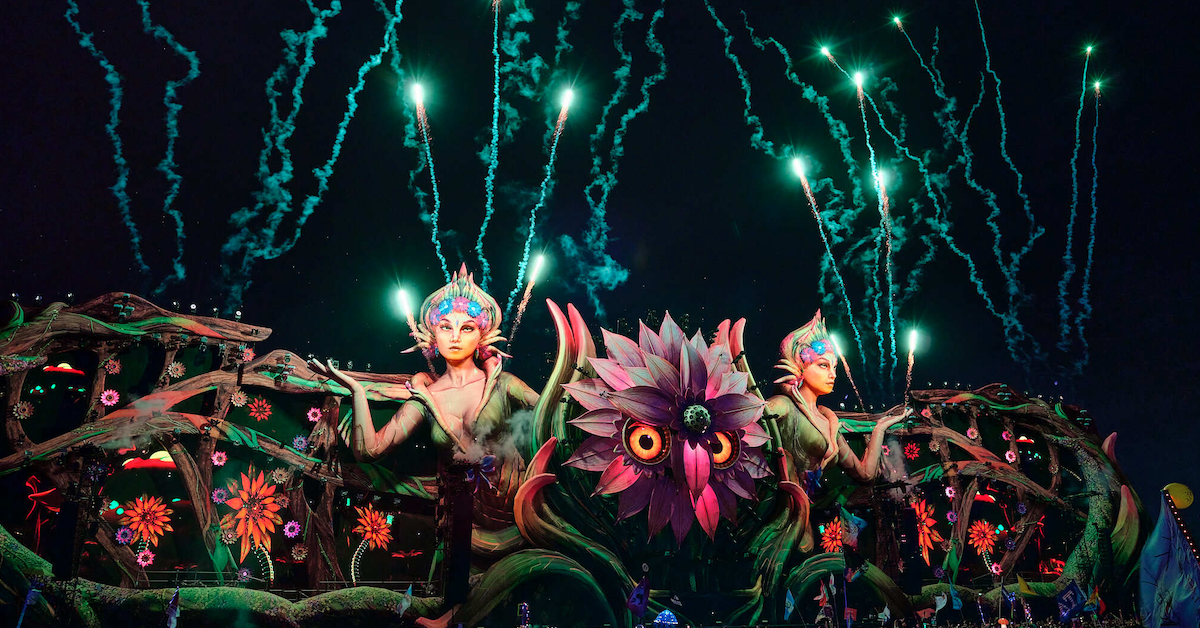
Your Ultimate Guide to the Top 10 Music Festivals of 2024/25
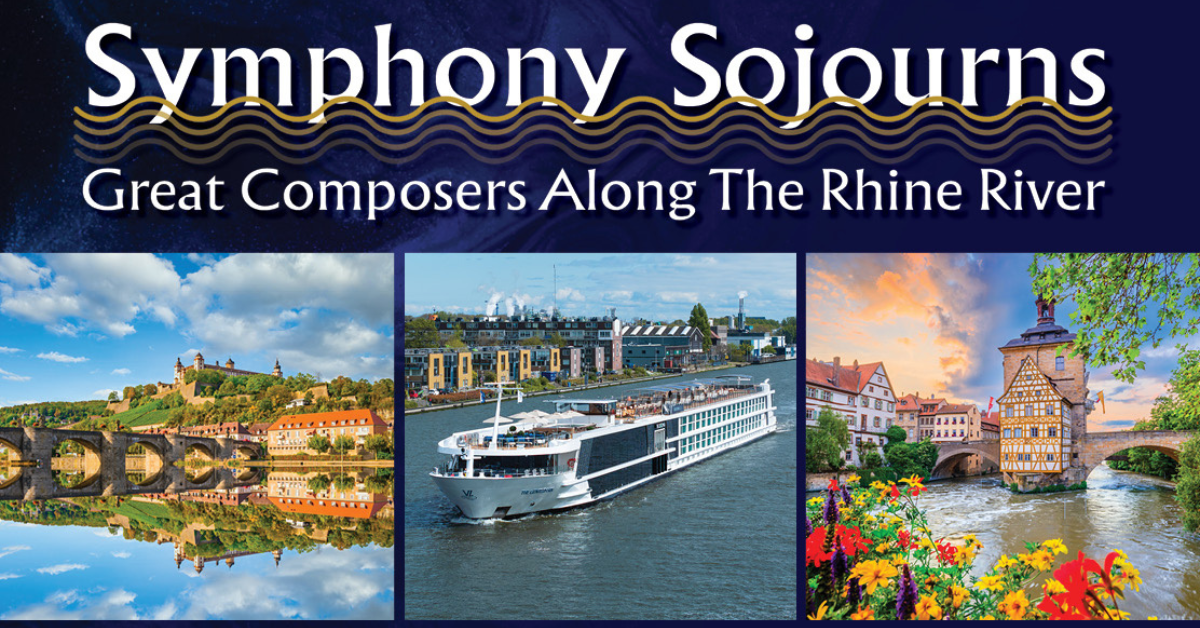
SOUTH FLORIDA SYMPHONY ORCHESTRA (SFSO) BRIDGES RECENT STATE OF FLORIDA FUNDING CUTS FOR THE ARTS THROUGH TRAVEL
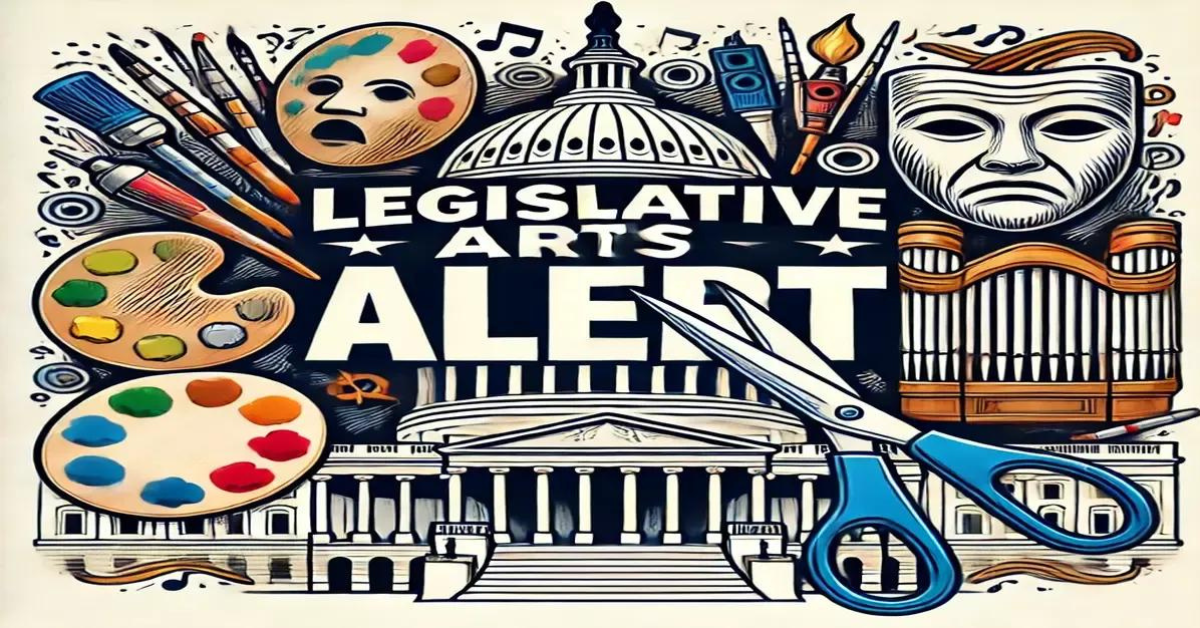
Oppose Drastic Cuts to the National Endowment for the Arts & Humanities
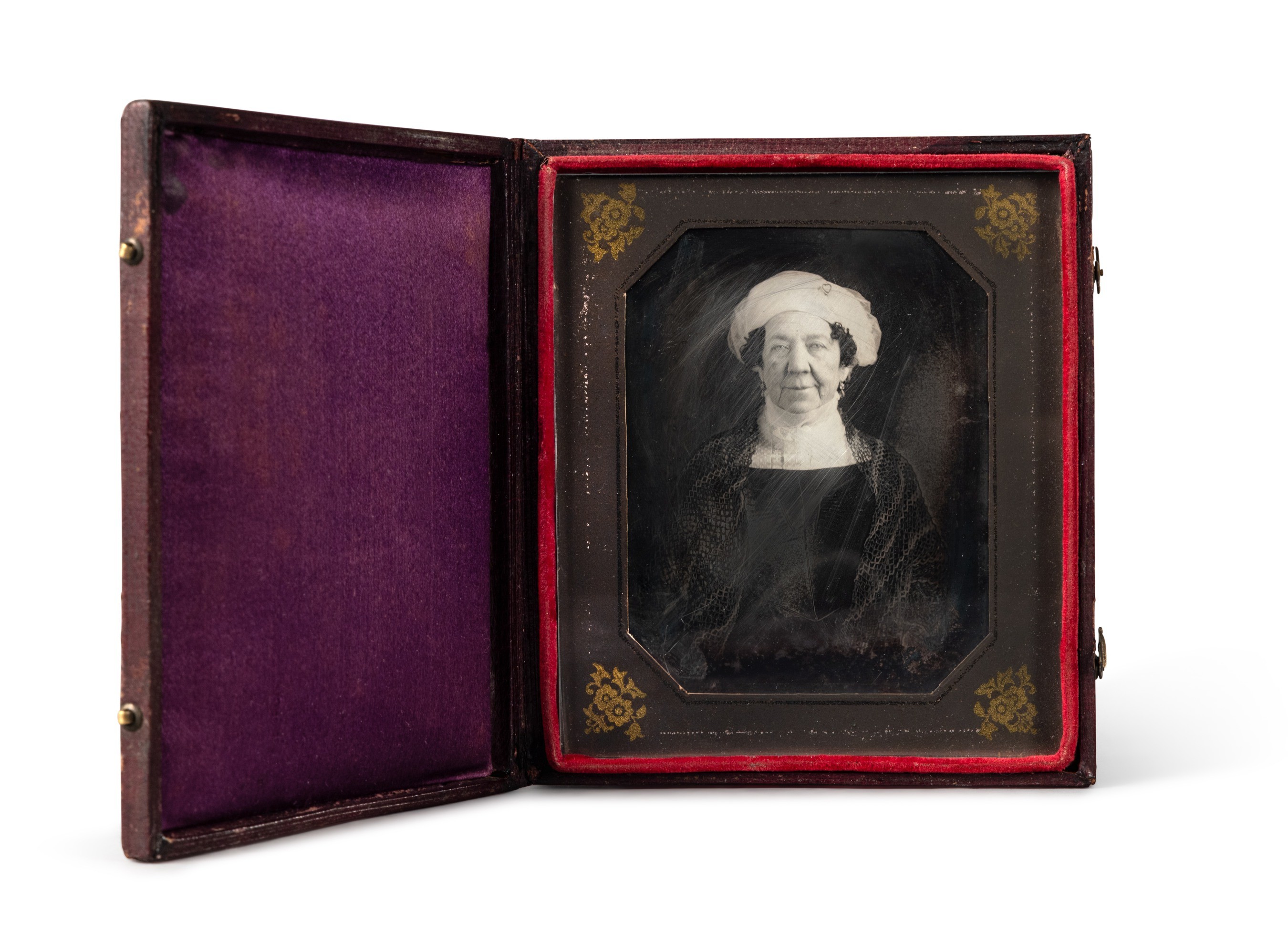
National Portrait Gallery Acquires Earliest Known Photograph of a US First Lady

delete
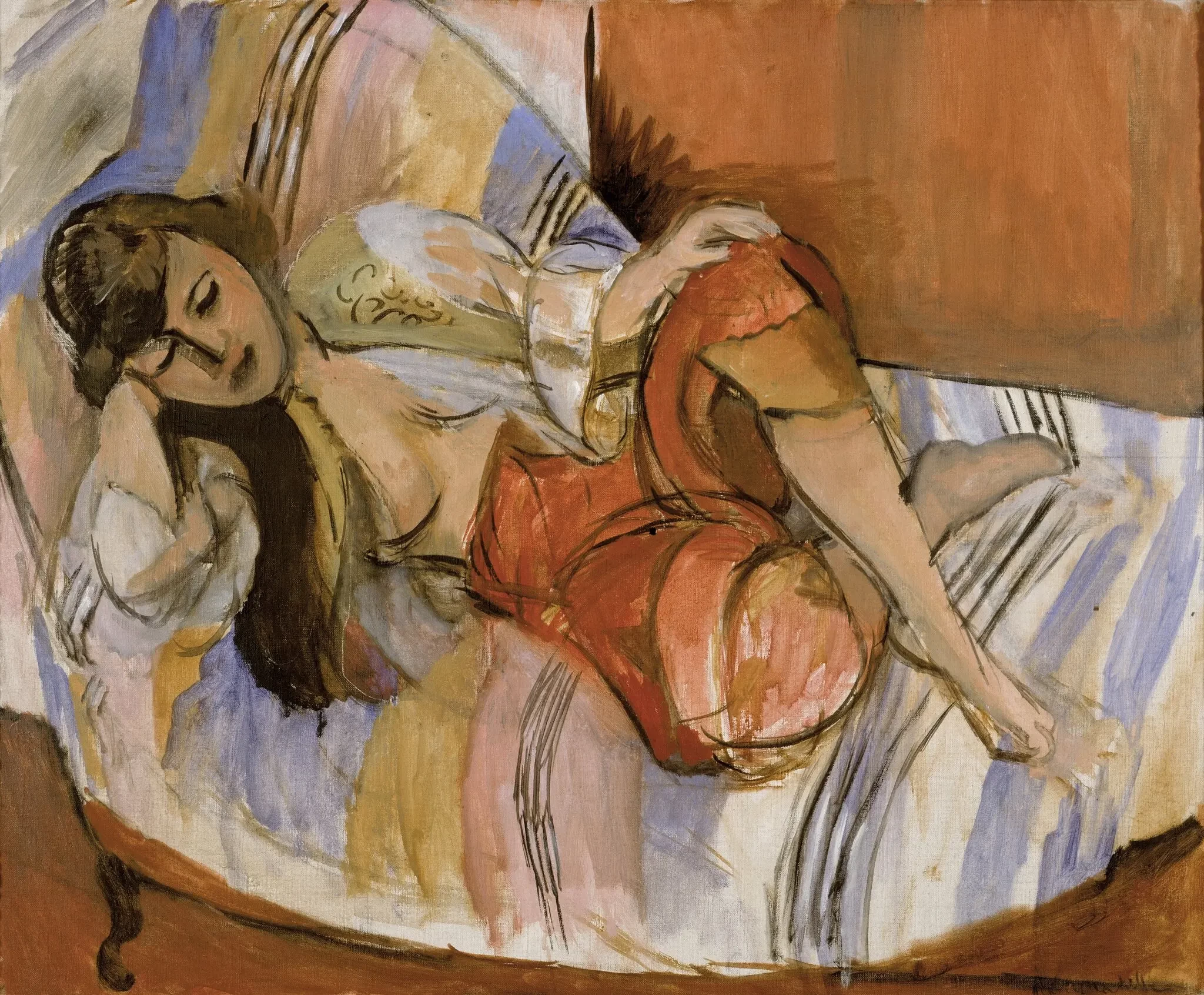
Matisse Painting Stolen During WW2 Returned to its Rightful Owners
